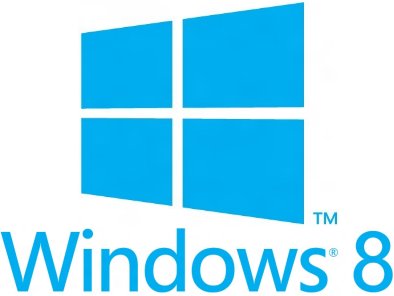 Windows 8 was the revolution that wasn’t. But don’t count Microsoft (Nasdaq:$MSFT) out just yet. In a lot of ways, the boring, button-down software giant was just a little ahead of its time.
Windows 8 was the revolution that wasn’t. But don’t count Microsoft (Nasdaq:$MSFT) out just yet. In a lot of ways, the boring, button-down software giant was just a little ahead of its time.
After a storm of criticism from frustrated long-time Windows users, Microsoft announced that it would be making significant changes to its Windows 8 operating system. The details have not been released yet, but it’s assumed that they will include bringing back the “Start” button that has been a fixture in the lower-left corner since 1995 and giving desktop users the ability to bypass the tiled start screen on system startup.
Is this a failure for Microsoft? In some critical ways, yes. In a classic case of arrogance, Microsoft assumed that, after some initial grumbling, consumers would embrace the Windows 8 style because, frankly, they weren’t given a choice.
Few companies can get away with something like that. Arch-rival Apple (Nasdaq:$AAPL) can, or at least could under the Steve Jobs regime. But Apple was a quirky exception in that its fans had an almost cult-like devotion to Jobs and would have likely drunk cyanide-laced Kool-Aid if he asked them to. Jobs could have gotten away with something as jolting as Windows 8. His replacement at Apple, Tim Cook, couldn’t get away it, and neither could Microsoft CEO Steve Ballmer.
A second flaw was failing to realize how conservative most Windows users are, particularly business users. Window 8’s colorful tiled start screen is attractive and I have grown to like it. But it is not appropriate for a stodgy business crowd that values efficiency and functionality. I’m 35, and learning how to use Windows 8 was frustrating to me. I can only imagine how much more frustrating it must be for a user in their 50s or 60s.
But here’s the thing. It doesn’t matter.
This is why I love Microsoft. They can have a fundamental screw-up like Windows 8 and still keep plugging along.
Steve Ballmer called the launching of Windows 8 a “bet the company” moment, but nothing could be further from the truth. Microsoft’s “moats,” or competitive advantages, are so strong that it can survive and thrive even after making a major miscalculation like this.
My first experience with Windows 8 wasn’t particularly good, yet I subsequently bought two more PCs running the operating system. Between home and office, I own three Windows 8 machines and may own a fourth before the end of the year.
Why? Because I’m locked in. I run my office—and my life—on Windows machines, and dealing with the frustration of Windows 8 is still less bad than trying to learn how to use a Mac or than paying the Mac premium. And never mind all of the software and services I run that require a Windows machine.
And before we throw Windows 8 under the bus, there is actually quite a bit to like about the system. It’s fantastic that Microsoft has an operating system that can run on both traditional PCs and laptops and on touch-screen devices like tablets and hybrids. Having a common look and feel across devices is part of building the Microsoft brand for the next generation, and the tiled start screen actually works quite well on a touch screen.
After getting over the initial headache of learning something new, I actually like Windows 8 now. I have all of my Windows 8 devices registered to the same Microsoft account and I save virtually all of my files on Microsoft’s SkyDrive cloud storage service. Using this setup, I no longer have to lug a laptop around or use something clunky like a remote desktop client. I can log into my Microsoft account from anywhere in the world and have instant access to my office. For someone who travels as extensively as I do, that’s not a bad arrangement at all.
But there are still times when I would kill for a return to the Start button…
I’ve argued for months that “tech is the new tobacco.” And by this I mean that big technology giants—Microsoft chief among them—are currently priced for no growth and are evolving into dividend-focused cash cows.
If none of Microsoft’s growth initiative amount to much—if the new Xbox fails to impress, if Windows tablets never gain much market share, in the Windows Phone remains an also-ran, etc.—then Microsoft is still attractive as a cheap dividend payer with a massive hoard of cash and stable, if gently declining, businesses in operating systems, servers, and office productivity software.
And if Microsoft’s work pays off and any of these new initiatives wind up being a success, then Microsoft quickly becomes the buy of the decade.
Disclosures: Sizemore Capital is long MSFT.
SUBSCRIBE to Sizemore Insights via e-mail today.








